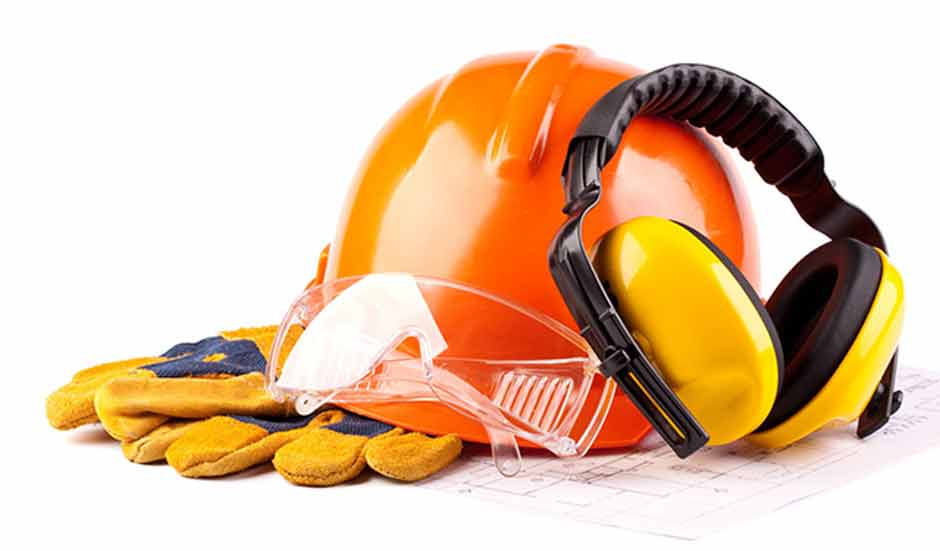
The Health and Safety at Work Act 1974 ensures that all employees, contractors, visitors and members of the public are protected from risk of illness and injury whilst in and around your workplace.
As an employer you have a responsibility to make necessary arrangements to provide a safe working environment.
Health and Safety is different for all premises and for every industry, but this is a simple guide for employers, outlining your overall responsibilities, whatever your business.
Identify Risks
An important part of any Health and Safety procedure is to carry out a risk assessment and identify potential risks.
This is important to ensure that every opportunity is made to find places where injury or illness could occur and reduce the chance of it happening. It isn't just about completing the paperwork.
A risk assessment needs to be a working document and should be regularly reviewed and amended as necessary. If it's out of date, it doesn't fulfill its purpose.
Control the Risks
Once you've identified the risks, you need to put control measures in place to reduce the likelihood of the hazard causing injury or illness.
Control measures vary in each workplace but should be relevant and specific to the hazard. This could include protective clothing and equipment for use with certain machines; using signs to identify hazards; and having the correct procedures in the event of an incident.
Consult with your employees
Consulting with your employees or an employee representative is essential when managing your Health and Safety.
Not only does it help to identify other health risks that your employees face each day, but it gives you an opportunity to raise awareness of health and safety issues and ensure that your staff are working with you to keep everyone safe.
Health and Safety Training
Training is crucial to ensure your staff have the skills needed to carry out their job roles safely. It ensure they are aware of the risks they may face, and are skilled in preventing injury or illness.
This could include fire warden or fire safety training, training to use specific machinery or equipment, or even training on hygiene and cleanliness.
The training should be specific to your company and the needs of your employees, giving them the knowledge and practical skills needed to both identify and control Health and Safety risks.
Provide PPE and proper equipment
Where necessary, you have a responsibility to provide employees with appropriate personal protective equipment (PPE). This is your responsibility and not your employees', so make sure they have the right equipment to do the job you're asking them to do.
Asking employees to do a job you haven't prepared them for properly not only increases the risk of injury or illness, but leaves you open to prosecution in the event of an accident.
Provide proper facilities
Many workplace injuries, in particular illnesses and medical conditions, can be avoided by providing proper facilities. Make sure your facilities include:
- Toilets and wash-hand basins with soap and hand dryers;
- Clean drinking water;
- Changing facilities if special clothing is worn;
- Somewhere clean to eat and take a break.
It's also important to make sure the working environment or office space is fit for purpose with the correct use of lighting, good ventilation, plenty of space for the people working there, and a reasonable working temperature.
Provide adequate first aid facilities
Depending on the nature of the work carried out, you have a responsibility to ensure that appropriate first aid facilities are available. It's important to assess the risks to help decide what first aid facilities must be available.
As a minimum you should have a first aid box with kit suited to your workplace and its risks, and an appointed first aid trained staff member.
Record and report accidents
You have a legal responsibility to record accidents and report them to Reporting of Injuries, Diseases and Dangerous Occurrences Regulations (RIDDOR), including:
- work-related deaths
- work-related accidents
- certain cases of industrial diseases
- dangerous occurrences or near-misses
- injuries to the public or non-employees
It's important to report these incidents to understand how and why they happened so that you can assess the risk appropriately and put new control measures in place to prevent it from happening in the future.
Requirements for reporting accidents and injuries depend on the extent and length of the effects of the injury. It's important that you or your site manager know exactly how to report the injuries specific to your industry.
If you need specific advice to ensure your employees are free from the risk of illness or injury, please call 01484 473 400.
